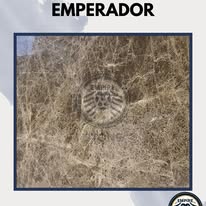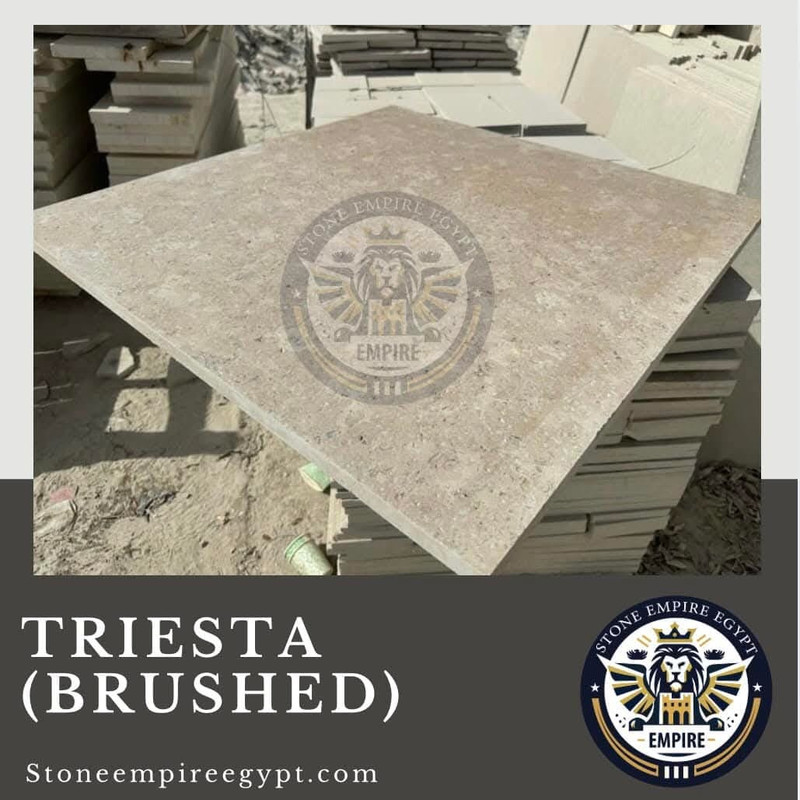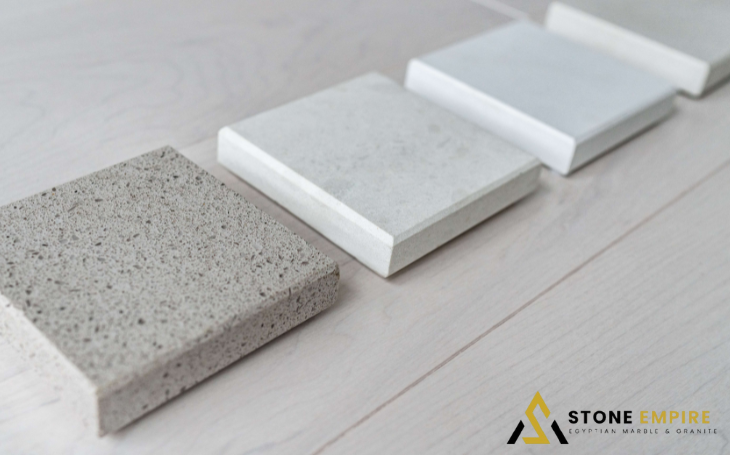How to Get Rid of Marks on Marble
How to get rid of marks on marble is an essential skill for anyone looking to maintain the beauty and longevity of their marble surfaces. Marble is a natural stone known for its elegance and durability, but it can easily show signs of wear, scratches, or stains. Understanding can marble stain and how different types of marks appear is crucial before attempting any cleaning. With the right approach, proper tools, and effective methods, you can restore your marble to its pristine condition, keeping surfaces looking luxurious and polished while preventing long-term damage. Proper maintenance ensures your investment in marble remains attractive for years to come.
Understanding the Different Types of Marble Stains
Before tackling any cleaning project, it’s important to understand the various stains that can affect marble. How to get rid of marks on marble starts with identifying their origin:
• Common stains include oil-based marks, water rings, rust, and organic discoloration.
• Knowing can marble stain from each source helps determine the correct treatment.
• Some marks are superficial and can be wiped away easily, while others penetrate deeper into the stone, requiring specialized cleaning techniques.
• Recognizing the type of stain ensures effective removal without damaging the marble’s surface or finish, preserving its natural elegance and longevity.
What Causes Marks and Etching on Marble
Understanding the reasons behind marble imperfections is crucial for proper care. How to get rid of marks on marble begins with identifying common causes:
Acidic substances like lemon juice, vinegar, or certain cleaning products can cause etching.
1. Heavy objects or sharp utensils may leave scratches or dents on the surface.
2. Water rings from prolonged moisture exposure can leave unsightly marks.
3. Heat or improper cleaning methods can exacerbate staining.
4. Recognizing these causes helps prevent further damage and ensures can marble stain is minimized, maintaining the stone’s beauty and smooth finish.
If you’re comparing different marble finishes, you might also want to explore What Is Tumbled Marble , which offers a naturally textured surface that hides minor marks and imperfections beautifull
Tools and Materials You’ll Need for Cleaning
To effectively address how to get rid of marks on marble, having the right tools and products is essential
• Soft microfiber cloths prevent scratching delicate surfaces.
• pH-neutral stone cleaners avoid acidic damage that can marble stain.
• Plastic scrapers help remove stubborn residues without harming the marble.
• Mild soap solutions and distilled water are safe for routine cleaning.
• Poultices and polishing powders tackle deep stains while preserving shine.
Using these materials correctly ensures your marble remains pristine, while minimizing the risk of further etching or discoloration.
How to Get Rid of Marks on Marble
Removing marks from marble requires a careful, step-by-step approach to protect the surface and maintain its natural beauty:
- Begin by cleaning the area with a soft cloth and pH-neutral cleaner to remove dirt and debris.
• For light stains, gently buff with a marble-safe polishing powder.
• Persistent marks may require a poultice to draw out deep-set discoloration.
• Always rinse thoroughly and dry to prevent water spots.
• Regular maintenance and prompt attention to spills reduce the risk that can marble stain over time, keeping your surfaces flawless and polished.
Step-by-Step Methods to Remove Common Marks
Effectively tackling surface blemishes involves knowing how to get rid of marks on marble and understanding that can marble stain if left untreated:
- Identify the type of mark or stain before starting treatment.
- nUse a soft cloth or sponge with a gentle cleaner suitable for marble.
- Apply the cleaner in circular motions to avoid scratching the surface.
- Rinse thoroughly with clean water and dry immediately to prevent water spots.
- For persistent marks, repeat the process carefully or use a poultice designed for marble.
Following these steps helps maintain the marble’s natural shine and reduces the risk of long-term staining or etching.
If you love warm-toned stones, take a look at Emperador Marble , a stunning brown marble that hides subtle marks and adds luxury to interiors.

How to Remove Water Rings and Etch Marks
Dealing with water rings and etch marks requires understanding how to get rid of marks on marble while being aware that can marble stain if improperly treated:
• Identify affected areas and ensure they are dry before cleaning.
• Use a pH-neutral cleaner or a specially formulated marble cleaner.
• Gently rub in circular motions with a soft cloth or sponge to lift marks.
• Rinse thoroughly and dry immediately to prevent new water spots.
• For deeper etching, a marble polishing powder or professional service may be required.
Proper care prevents permanent damage and restores the marble’s smooth, polished finish.
Natural and DIY Remedies for Stubborn Stains
For tough marks, knowing how to get rid of marks on marble is essential, especially since can marble stain from acidic or oily substances:
• Create a paste using baking soda and water to gently lift stains.
• Apply a mixture of hydrogen peroxide with a few drops of ammonia for organic stains.
• Cover the paste with plastic wrap and let it sit for 24 hours before wiping clean.
• Use a soft cloth to buff the area, restoring the marble’s natural shine.
• Repeat treatments cautiously, ensuring the marble surface is not scratched or etched.
These DIY methods provide safe and effective stain removal without harsh chemicals
If you’re looking for a durable and elegant option for floors, Pearl Marble is an excellent choice that combines subtle veining with long-lasting quality.

Preventing Future Marks on Marble Surfaces
To maintain your marble and reduce the need for frequent cleaning, understanding how to get rid of marks on marble is just part of the process, since can marble stain easily from spills and acidic substances:
• Apply a quality marble sealant regularly to protect against stains.
• Wipe up spills immediately, especially wine, juice, and oil.
• Use coasters, placemats, and cutting boards to avoid direct contact.
• Avoid abrasive cleaners and scrubbers that can damage the surface.
• Dust and clean surfaces frequently with a soft, damp cloth.
By following these preventive measures, your marble retains its shine, beauty, and durability over time.
You can also learn how your stone is processed and finished at The Marble Factory to understand the techniques that help prevent future staining.
When to Call a Professional Stone Cleaner
Knowing how to get rid of marks on marble and understanding can marble stain are essential, but sometimes professional intervention is the best option:
• Deep or stubborn stains that DIY methods cannot remove require expert attention.
• Extensive etching or surface damage may need professional polishing and restoration.
• Valuable or antique marble surfaces should be handled by specialists to avoid accidental damage.
• Professionals can apply advanced sealants and protective treatments for long-lasting results.
• If unsure about a cleaning product or method, calling a professional ensures safety and preserves your marble’s appearance.
Relying on experts helps maintain the integrity, beauty, and longevity of your marble surfaces.
Contact us today for exclusive offers!
Conclusion
Maintaining pristine marble surfaces requires understanding how to get rid of marks on marble and being aware that can marble stain easily if neglected. Regular cleaning, proper tools, and preventive care protect your marble’s elegance and longevity. While DIY remedies and routine maintenance are effective for minor marks, knowing when to call a professional stone cleaner ensures that stubborn stains or deep etching are addressed safely. By combining careful cleaning, preventive measures, and expert assistance when needed, you can keep marble surfaces looking beautiful, preserve their value, and enjoy their timeless sophistication for years to come.




